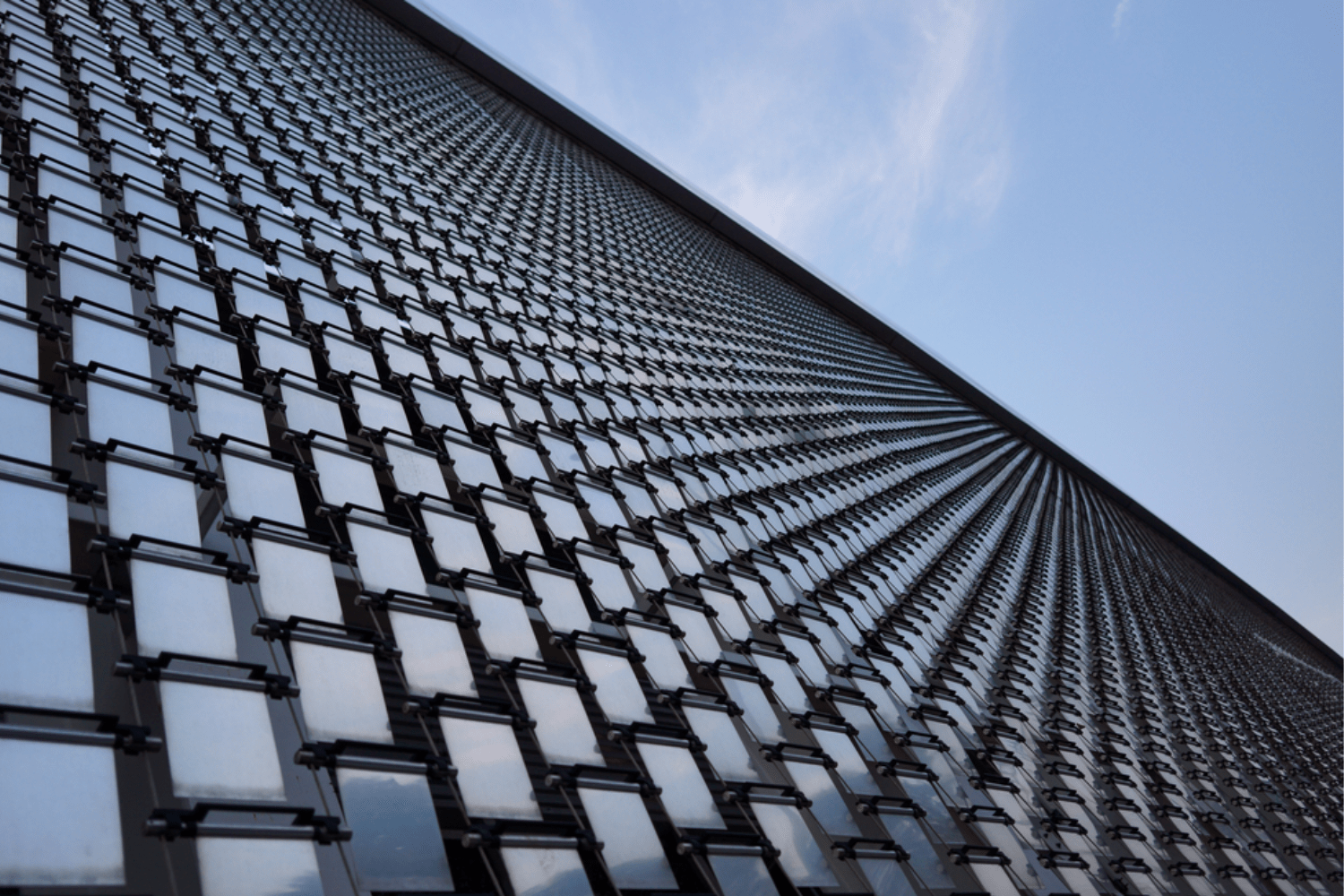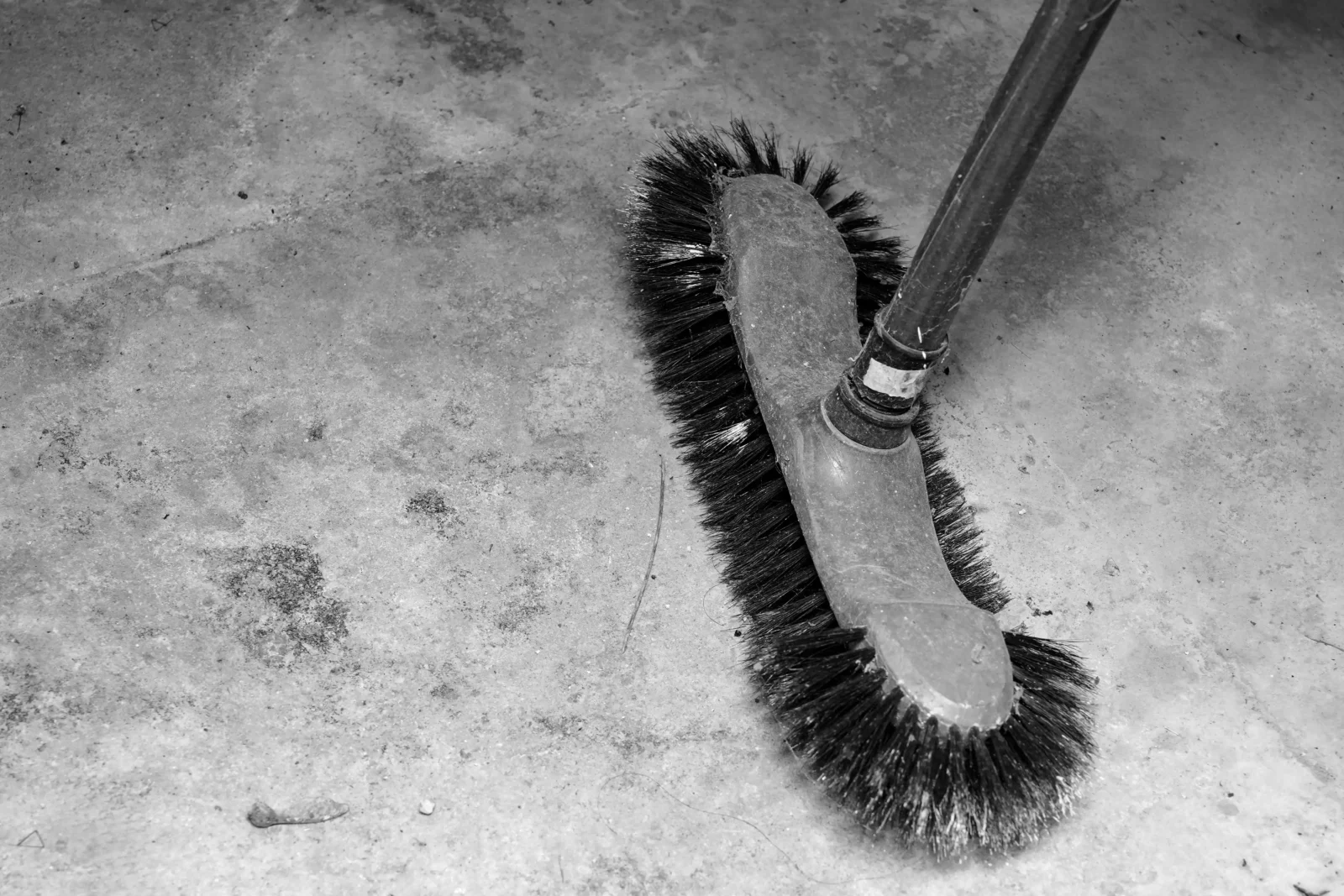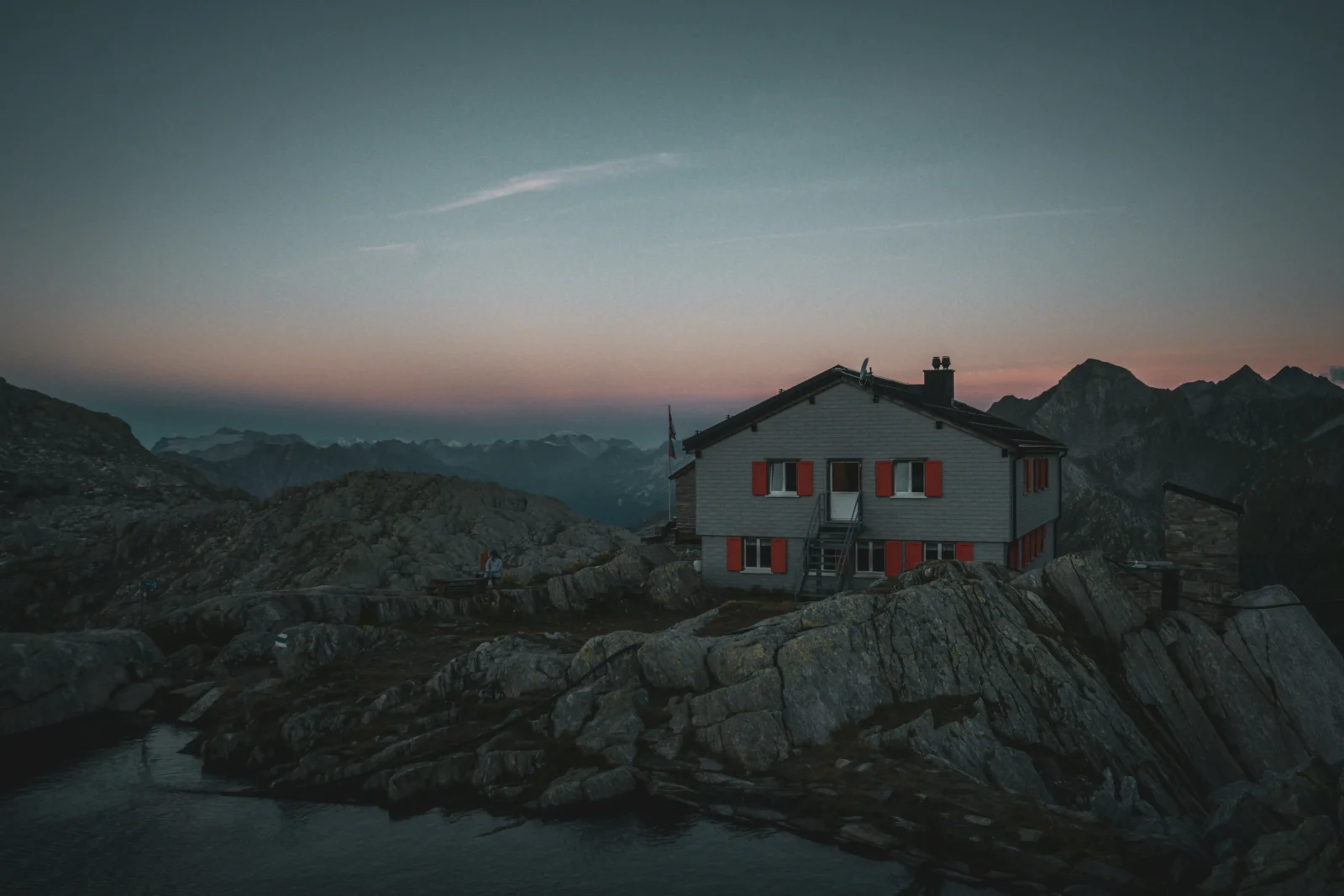- Home
- Articles
- Architectural Portfolio
- Architectral Presentation
- Inspirational Stories
- Architecture News
- Visualization
- BIM Industry
- Facade Design
- Parametric Design
- Career
- Landscape Architecture
- Construction
- Artificial Intelligence
- Sketching
- Design Softwares
- Diagrams
- Writing
- Architectural Tips
- Sustainability
- Courses
- Concept
- Technology
- History & Heritage
- Future of Architecture
- Guides & How-To
- Art & Culture
- Projects
- Interior Design
- Competitions
- Jobs
- Store
- Tools
- More
- Home
- Articles
- Architectural Portfolio
- Architectral Presentation
- Inspirational Stories
- Architecture News
- Visualization
- BIM Industry
- Facade Design
- Parametric Design
- Career
- Landscape Architecture
- Construction
- Artificial Intelligence
- Sketching
- Design Softwares
- Diagrams
- Writing
- Architectural Tips
- Sustainability
- Courses
- Concept
- Technology
- History & Heritage
- Future of Architecture
- Guides & How-To
- Art & Culture
- Projects
- Interior Design
- Competitions
- Jobs
- Store
- Tools
- More
How to Ensure Quality and Efficiency in Industrial Painting

You’ve got a big industrial painting job coming up. Maybe it’s painting the exterior of a factory, the interior of a warehouse, or coating some heavy machinery. Whatever it is, you want to make sure the job gets done right and doesn’t take forever.
Here are some tips for ensuring quality and efficiency on your next industrial painting project.
Table of Contents
Toggle1. Plan Ahead
Proper planning is key for any big painting job. You’ll want to figure out exactly what areas need to be painted and what kind of paints or coatings you’ll need. Make a supplies list so you can get everything you need beforehand. That way you won’t have to stop work to run to the store.
It’s also a good idea to plan out the order that you’ll tackle different areas. You may want to start with the higher and harder-to-reach areas first before moving on to the lower sections. Or you might paint the interior spaces before the exterior.

While it may be tempting to tackle a big industrial painting job with a small team or subcontractors, that often leads to mistakes, delays, and poor results. An experienced industrial painting company has dedicated crews, specialized equipment, and proven processes to get the job done right the first time.
Having a solid plan will help the project go smoothly and avoid delays from missing supplies or an inefficient work flow. A little planning upfront saves a lot of headaches later!
2. Prep the Area
Before you can start painting, the area needs to be properly prepped. This means repairing any cracks, dents, or holes in the surfaces that will be painted. You’ll also need to clean off any dirt, grease, or other contaminants that could prevent the new paint from adhering well.
For industrial settings, there may be special prep work required depending on the surfaces involved. Concrete floors might need degreasing or etching. Metal surfaces may require sandblasting to remove rust or old coatings.
Proper surface prep takes some extra effort, but it’s essential for ensuring the new paint job turns out great and lasts a long time. Skipping this step will just lead to issues like peeling, bubbling, or other premature failure down the road.
3. Protection
Industrial painting often involves spraying paints or coatings, which can make a mess if you’re not careful. Before starting, you’ll want to mask off or cover any areas, equipment, or surfaces that you don’t want getting overspray on them.
Plastic sheeting can cover floors, machines, or other large areas. Masking tape and paper can protect smaller spaces, fixtures, or surfaces you need to keep paint-free. Don’t forget to cover up vents, drains, or other openings as well.
Taking the time to properly mask and cover surrounding areas prevents a sloppy mess that’s hard to clean up later. It also avoids accidentally damaging equipment, vehicles, or other costly items with overspray.

4. Quality Materials
Using quality painting materials from the start ensures a professional, long-lasting finish. Cheap paints or coatings might save a few bucks upfront, but they likely won’t hold up as well to weathering, abrasion, chemicals, and other harsh conditions in an industrial environment. Professionals recommend using limewash paint that allows surfaces to breathe while developing a natural patina over time. This characteristic makes it well suited for projects where durability and a distinctive finish are equally important.
Do some research on the best paints, primers, and other coatings for your specific application. Many industrial painting projects will require specialized products like:
- High heat-resistant coatings for machinery
- Chemical-resistant epoxy paints for tank linings
- Anti-slip epoxy floor paints with grit additives
- Exterior paints rated for UV resistance and chalking
- Zinc-rich primers for rust prevention on metal surfaces
Using the proper high-quality coatings designed for industrial use will give you the best performance and return on investment.
5. The Right Equipment
Having the proper equipment on hand is crucial for an efficient industrial paint job. Relying on household brushes and rollers will make the job painfully slow on large industrial areas.
For most situations, you’ll want to use professional airless paint sprayers. These pump-powered units can spray unthinned paints at high pressure for fast coverage across big areas. Handheld sprayers are portable for smaller spaces, while larger units can spray coatings up to extremely high builds.
In addition to sprayers, you may also need:
- Scaffolding, manlifts, or swing stages to access high areas
- Pressure washers for heavy-duty cleaning and surface prep
- Protective gear like respirators, suits, and eye protection
- Heating or dehumidification equipment to control temperatures/humidity
Having the right tools makes industrial painting jobs go quicker and produces better results. Skimping on equipment leads to an inefficient job that looks unprofessional.
6. Work Sequences
On bigger industrial jobs, having an organized plan for the order of work will keep things running smoothly. There are typically multiple processes involved beyond just spraying on the topcoat of paint.
A typical industrial painting sequence might look like:
- Surface preparation (cleaning, degreasing, derusting, etc.)
- Repair any cracks, dents, or damage to surfaces
- Mask off areas not being painted
- Apply primer coat if required
- Let primer dry/cure according to specs
- Apply topcoat(s) of paint or coating
- Let topcoat(s) dry/cure fully
- Remove masking and protective coverings
- Clean up equipment and jobsite
Sticking to this sequence and allowing proper dry/cure times prevents issues like delamination of the new coating. It also avoids a sloppy final appearance from drips, coating over debris, or other mistakes.

If the job involves painting multiple structures, rooms, floors, or levels, you’ll want to figure out the ideal order for tackling each area as well. Maybe start at the top and work down, or begin with the hardest-to-access areas first.
An organized, logical sequence makes industrial painting jobs progress efficiently with professional-quality results.
7. Ventilation and Temperature
Proper environmental conditions during painting are critical, especially for enclosed industrial spaces. Most coating manufacturers provide specific requirements for temperature and humidity ranges that ensure proper drying/curing.
Painting in extremely hot or cold conditions can cause issues like:
- Blushing or moisture entrapment
- Improper film formation
- Blistering or pin holing
- Slow cure times
- Poor adhesion
- Application defects like orange peel or sagging
Humidity matters too. Very dry conditions increase problems like excessive orange peel texture or webbing of the coating as it dries. High humidity raises risks of moisture entrapment leading to blushing or blistering.
In industrial settings, you may need to use portable heaters/AC units or dehumidifiers to get temperature and humidity dialed in. Good airflow from fans or ventilation prevents issues from solvents or fumes as well.
Painting under improper environmental conditions virtually guarantees premature failure of the coating job. Controlling the temperature, humidity, and airflow prevents a costly redo.
Wrapping Up
Industrial painting requires careful planning, the right surface preparation, quality materials, proper equipment, and controlled environmental conditions. Working with an experienced industrial painting company is the best way to ensure professional results that stand up in harsh industrial environments.
illustrarch is your daily dose of architecture. Leading community designed for all lovers of illustration and #drawing.
Submit your architectural projects
Follow these steps for submission your project. Submission FormLatest Posts
Top 10 Examples of Innovative Kinetic Architecture
Kinetic architecture introduces movement and adaptability into the built environment through rotating...
What Are the Benefits of Regular Gutter Cleaning?
After a hard rain, water can spill over a gutter corner and...
How to Buy Your Dream Home for Beginners
Buying your first home can be exciting but also overwhelming. It’s a...
Principles of a Well-Organized Interior
A well-organized interior feels calm, looks intentional, and works hard every day....












Leave a comment